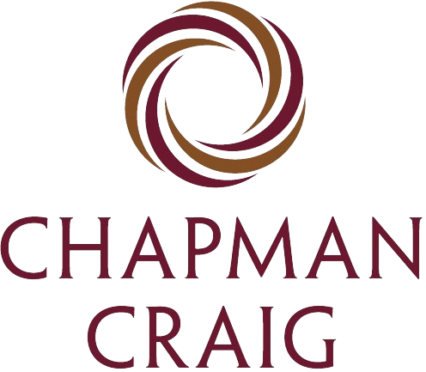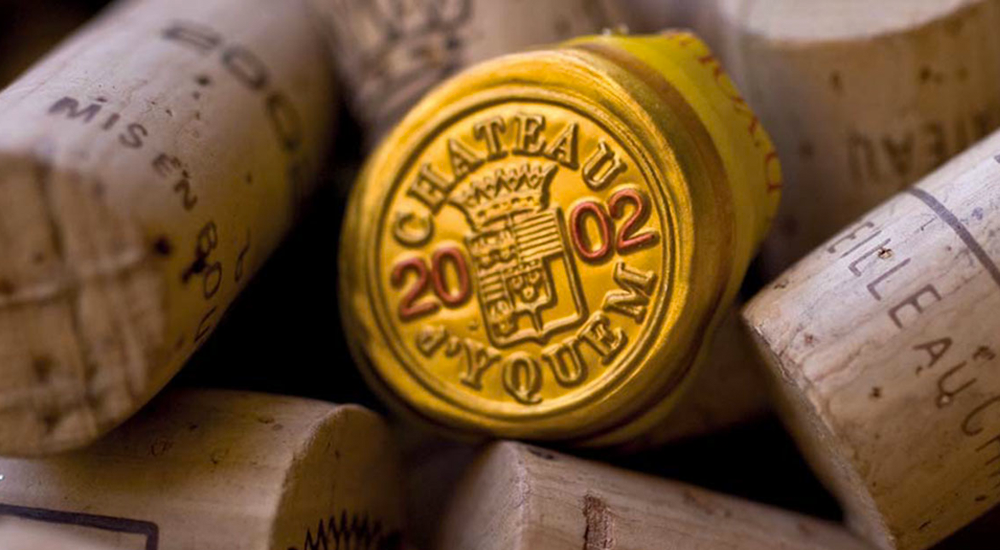
Alternative Investments Part 2– October 2022
Our last post introduced Private Equity and Private Credit. This post introduces other Alternative investments.
Real Assets
This category includes real estate (e.g., residential, timberland, farming), infrastructure assets (e.g., transportation, power generation and transmission, ports), commodities or natural resources themselves, and intellectual property rights (or “intangibles”).
The primary rationale for holding real assets, and Alternatives generally, is the assets’ impact on total portfolio diversification.
Most wealthy families already own real estate as a principal, and often other, residences. But in a discussion of Alternative assets, real estate usually refers to a broad range of real estate sub-categories including: residential housing, multi-family residences, student housing, office buildings, malls and other retail properties, warehousing and logistics and special purpose buildings.
Many jurisdictions have promoted vehicles that invest in real estate pay out most of their income to the fund holders (e.g., Real Estate Investment Trusts, or “REIT”s). Some REITs comprise assets that are not land but rather mortgage-backed instructions or even mortgage servicing rights.
Of more recent interest to institutional and wealthy investors are investments, either directly or through PE funds, or other investment vehicles, into infrastructure assets. These include pipelines, highways, electricity distribution, storage or export terminals; or regulated or systematically important assets such as public transit, airports and ports.
The appeal is the long-life nature of the assets, often supported by either regulated returns, or given their local importance, reasonably certain income stream. These assets are thought to produce returns that are not well-correlated with traditional equities.
“Real assets” also include art collections, wine and more recently vintage cars and sports memorabilia. Historically, stamps, coins and noteworthy historical documents would be included as well. These asset classes will probably remain the domain of wealthy families that have a particular hobby-type interest in the actual assets.
Hedge Funds
Hedge funds are investment pools that invest primarily in traditional assets but in ways that are different from traditional investment funds. They may use leverage, including derivatives, or short selling to generate returns that differ from those available through conventional funds. They may also include non-traditional assets such as derivatives, currencies or commodity exposures.
The common theme of hedge funds is the objective to generate superior risk-adjusted returns. Those can come in the form of higher absolute returns without taking on a commensurate level of additional risk, or more commonly, to reduce volatility without sacrificing expected returns materially. Many of these strategies, including market neutral strategies, accept that they will underperform in good markets and prefer to set absolute return objectives as opposed to compare their periodic performance against traditional asset benchmarks.
Historically, because hedge funds cannot meet the regulations applied to registered funds, they raise funds from institutional and wealthy investors privately. In this regard, they are similar to the PE and private credit funds discussed earlier.
However, hedge fund-like strategies or exposures are now being packaged into instruments that can be sold to retail investors. The underlying strategies may have to be somewhat modified, and sponsors may use a “feeder” vehicle into the underlying strategy. The most common modifications give these instruments the suitable liquidity.
Just as is the case with a traditional asset portfolio, it is important to diversify an Alternatives portfolio across asset classes, managers and strategies. Some institutional advisors believe that a hedge fund allocation should be spread across at least five managers. This assumes the allocation would be across strategies as well. Given the minimum subscription amounts for many Alternative funds, it becomes clear why hedge fund participation is more suitable to the very wealthy.
Conclusion
Because alternative investments are complex and tend not to be regulated, it is often difficult for non-professionals to evaluate the suitability of any particular fund. Alternatives funds have wrinkles in terms of custody arrangements, potential leverage, liquidity constraints and less transparent valuation processes that much less common with traditional asset funds. This makes it difficult for those with limited experience to select appropriate Alternatives managers and strategies.
PE firms seem to be constantly seeking additional commitments to new funds. Unlike an investment in a traditional fund or account, PE investors will “commit”, for example, $25 million to a particularly PE fund and then wait for the PE fund to request payment. Given the amount of dry powder held by these funds, you might have to wait a few years before the entire commitment is called. During this wait, you may receive requests for additional commitments with other managers with whom you wish to continue a good relationship. This constant marketing is causing some investor indigestion.
As a response to
- the uncertainties created by this process.
- the significant fees earned by PE firms;
- the difficulty of determining the actual returns earned by PE funds generally, and
- the increasing expertise, experience and networks held by advisors working directly for wealthy families (in family offices for example),
many wealthy families are sourcing and investing directly into Alternative assets; perhaps alongside a PE fund or in combination with other institutions or wealthy families. The challenge, of course, is in sourcing attractive deals before they are picked over by the legacy PE funds.
In many financial centers such as New York, Zurich and Singapore, family offices or agencies have created formal networking and sourcing clubs, creating more opportunity for families to access more deals, on better terms while focusing on the exposures with which they are comfortable (e.g., geographical preferences or those based on responsible investing, or length or size of the commitment).
Click here to download a PDF version of this article.





Recent Comments